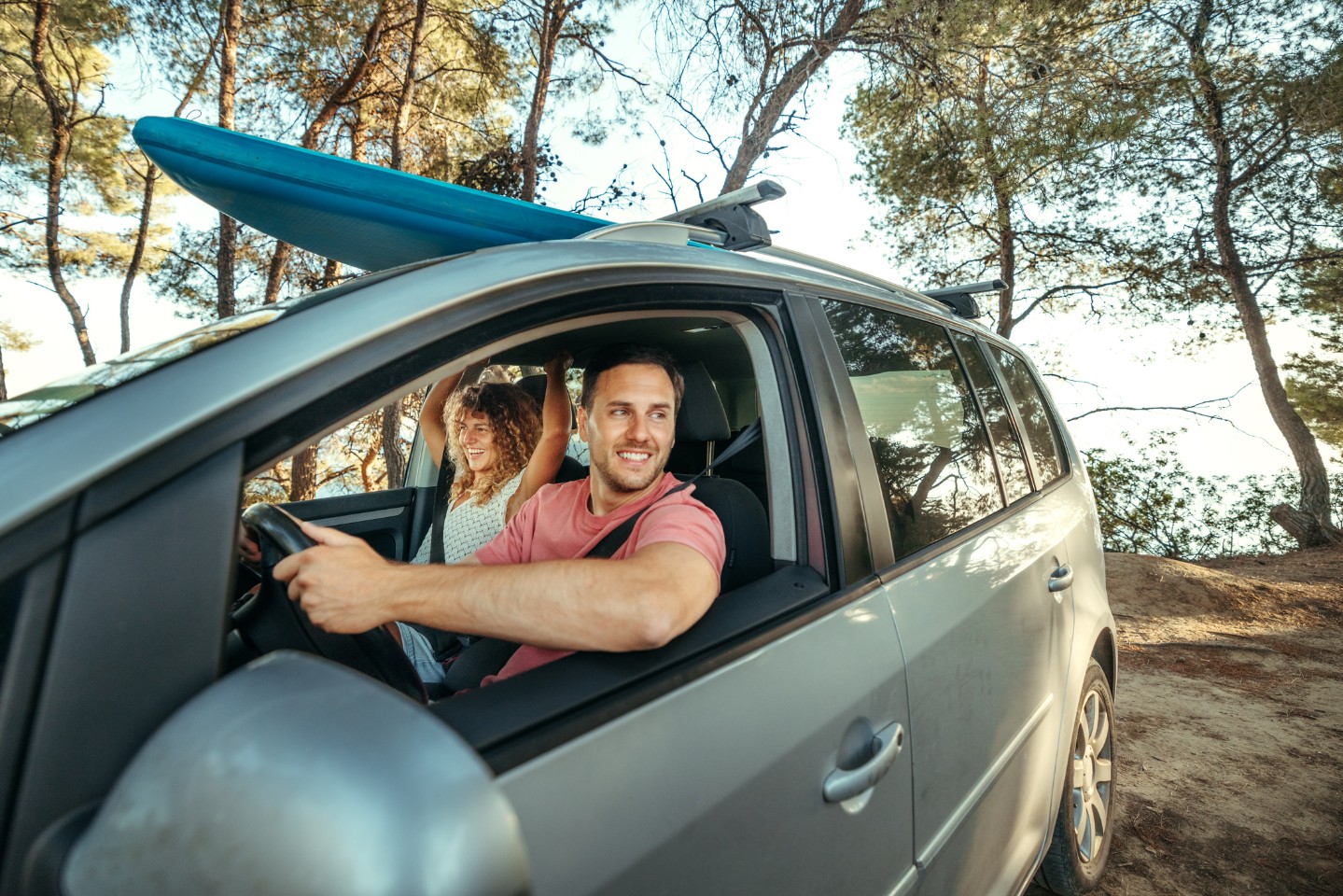Road trips are a fun way to change up your scenery—but when you have diabetes, it’s important to hit the road with a plan. Here are some quick tips to help you stay safe and feel your best:
Preparing for the Trip
Reach out to your healthcare provider before going on the road trip to nail down your medication regimen and blood sugar goals. If you are taking insulin, ask how to adjust it for long car rides. Your provider is always willing to help you, so don’t be afraid to ask any questions you may have.
Food for Thought
One of everyone’s favorite parts of road trips is the snacks involved. Consider bringing an insulated lunch bag or a cooler to pack cold snacks. There will be pockets on the road where the available food options are limited, so try to pack healthy, diabetes-friendly snacks that will fill you up but won’t spike blood sugar like:
- Meat sticks and jerky
- Nuts
- Low-fat cheese sticks
- Whole grain crackers
- Lightly salted popcorn
- Dried fruit- watch sugar content
- Protein bars- watch sugar content
- Nut butter squeeze packs
Blood Sugar Management
Monitoring your blood sugars during your road trip is important. There are a few factors with being on the road that may make it more difficult to manage blood sugars.
You will want to check your blood sugars before leaving for the trip and then every 2 hours on the road. If your blood sugar is less than 90 mg/dL, have a snack to prevent low blood sugar. If you are driving and start to have symptoms of low blood sugar (less than 70 mg/dL), safely stop the vehicle, check your blood sugar level, and treat as needed; wait until blood sugar is above 90 mg/dL and symptoms have resolved to start driving again. It’s important to have a stash of hard candy, glucose tablets, fruit juice, etc. accessible in your car to treat any low blood sugars, so don’t forget those in your packing!
Lower physical activity can cause blood sugars to go up. Take advantage of rest stops or bathroom breaks to get in some exercise. Walk around the rest stop or gas station, stretch out your muscles, or do exercises like squats or lunges in place next to the car.
If you have other questions, reach out to our CHI Health Diabetes Education team!





